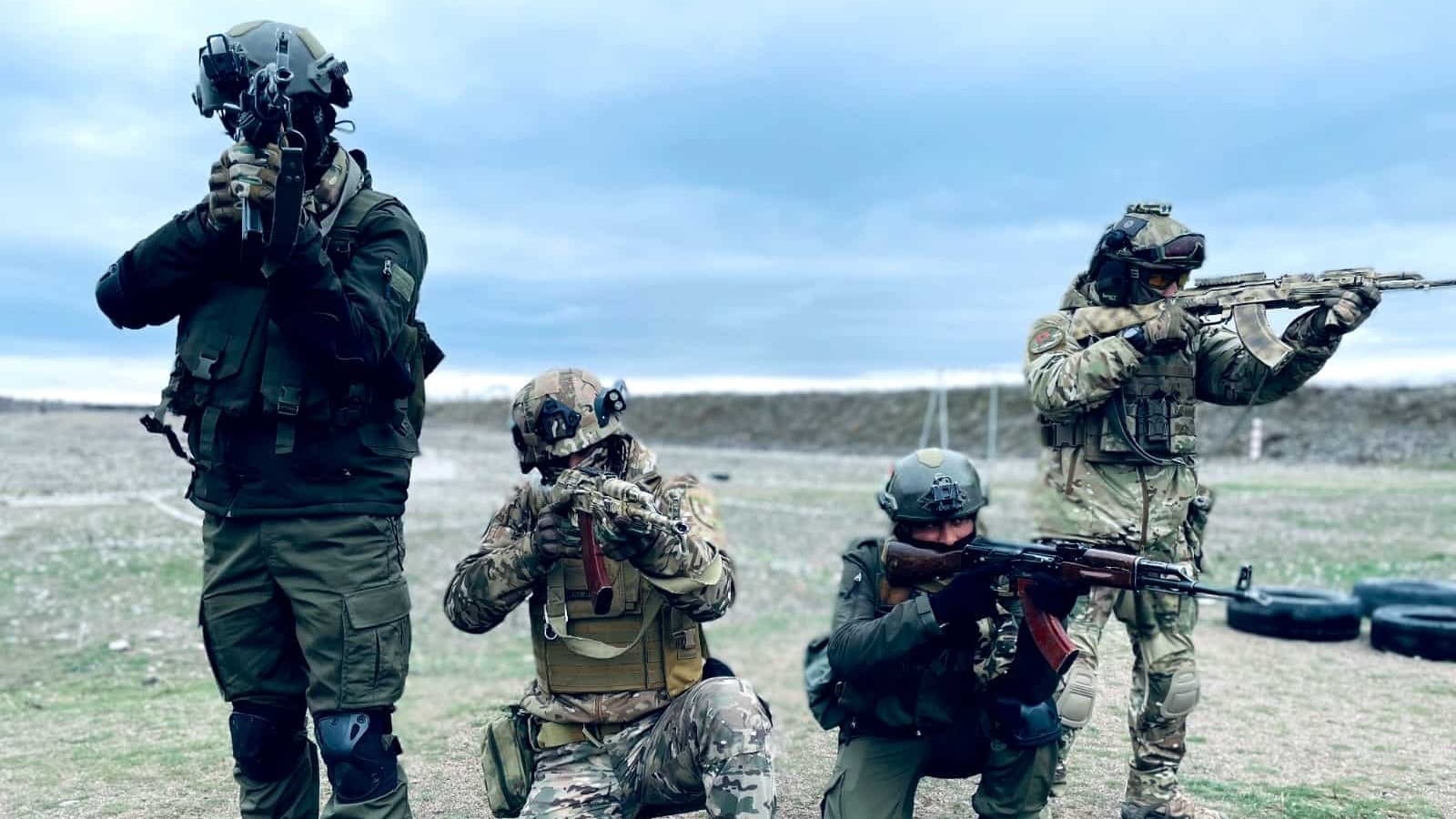Free Courses Sale ends Soon, Get It Now


Free Courses Sale ends Soon, Get It Now



Disclaimer: Copyright infringement not intended.
Context
The 11th edition of India-Kyrgyzstan Joint Special Forces Exercise KHANJAR has commenced at the Special Forces Training School in Bakloh, Himachal Pradesh.
Details
Significance
Conclusion
Such joint exercises not only enhance the military capabilities of the participating nations but also contribute to regional and global security by addressing common challenges such as terrorism and extremism.
MUST READ ARTICLES:
https://www.iasgyan.in/daily-current-affairs/india-central-asia-relations-35
|
PRACTICE QUESTION Q. Discuss the geopolitical significance of India-Kyrgyzstan relations in the context of India's extended neighborhood policy. (250 Words) |
© 2024 iasgyan. All right reserved